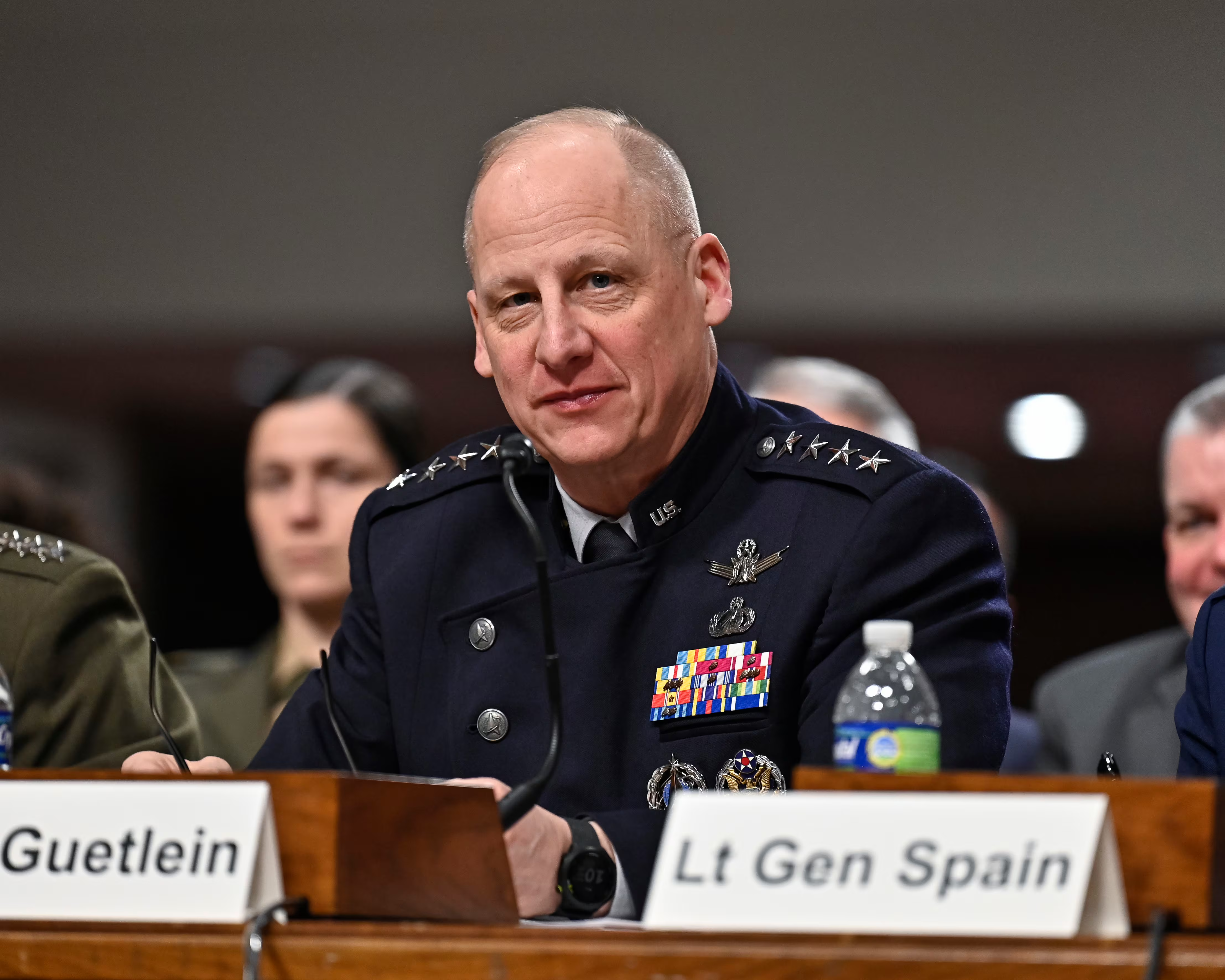When China's naval commander recently told his US counterpart that "a minor incident could spark war in the South China Sea if the United States did not stop its ‘provocative acts’ in the disputed waterway," he revealed that the Chinese are, despite protestations, acting more and more like Germans before the US entered World War II.
Upon American entry into the war, Winston Churchill knew that the war was won, and, despite hard fighting ahead, he was correct. With the virtue of 20-20 hindsight, America’s alliance victory was inevitable.
Adm.iral Wu Shengli’s comments to US Chief of Naval Operations Adm. John Richardson during a video teleconference on Thursday sound eerily like Maj. Strasser in the movie "Casablanca," imagining the Nazis in New York. Humphrey Bogart, in an immortal line that resonates through the decades, replies:, "Well there are certain sections of New York, major, that I wouldn't advise you to try to invade."
We remember Rick Blaine’s retort so well because it rang so true, and because Maj. Strasser’s boast was so hollow.
This exchange with Adm. Wu reminds of the period after the end of the war in Vietnam when the Soviet Nnavy’s buildup had so many worried. Not the US Navy. Taking a round turn, American sailors reiterated the US Navy’s inherent offensive doctrine and operational flexibility; established a maritime strategy approach of horizontal escalation and conventional offense as opposed to automatic resort to tactical nuclear weapons at sea and on the central front; and leveraged political advantages at the strategic level.
This Navy approach was so compelling that, in essence, it provided the outlines of what became a new national security strategy that led to the end of the Cold War.
Technology played a major role in the Navy's new focus. For example, considering whether the new offensive strategy was realistic and feasible, the Navy fielded midlife upgrades for its Sturgeon-class (SSN-637) nuclear-powered fast attack submarines in the 1980s. The upgrade included the BQQ-5 sonar suite with a retractable towed array.
These technical upgrades had remarkable operational, doctrinal and strategic consequences, essentially making the ocean transparent for American submarines. The US Navy now was able to "see" the Soviet submarine fleet, and confident of defeating it in detail. More than a tactical advantage, it confirmed that the offensive focus of the maritime strategy and holding the Soviet Nnavy at risk was feasible.
These submarine improvements, combined with Aegis, the outer air battle and the nuclear Tomahawk land attack cruise missile (TLAM-N), underscored American naval power. They reinforced the Air-Land Battle, DoD's Competitive Strategies Initiative and the Second Offset Strategy (more formally known as the ARPA-DNA Long Range Research and Development Planning Program). The rest, as they say, was history.
If the Chinese are acting more and more like Maj. Strasser, the US is living up to the role of Rick Blaine. We are establishing new partnerships in the Asia-Pacific and strengthening alliances. We are drawing operational lines in the sand (pun intended), and developing astounding new military capabilities that will confound the Chinese at sea and elsewhere.
OSD is well along with its Third Offset Strategy. Perhaps most important, we are reckoning the potential for conflict, and standing up as did Rick Blaine.
China's heavy-handed behavior is repugnant, counterproductive and contrary to the norms of international law. Like Maj. Strasser, the Chinese have overplayed their hand, and are in for a rude awakening.
Giarra is president of Global Strategies & Transformation.








